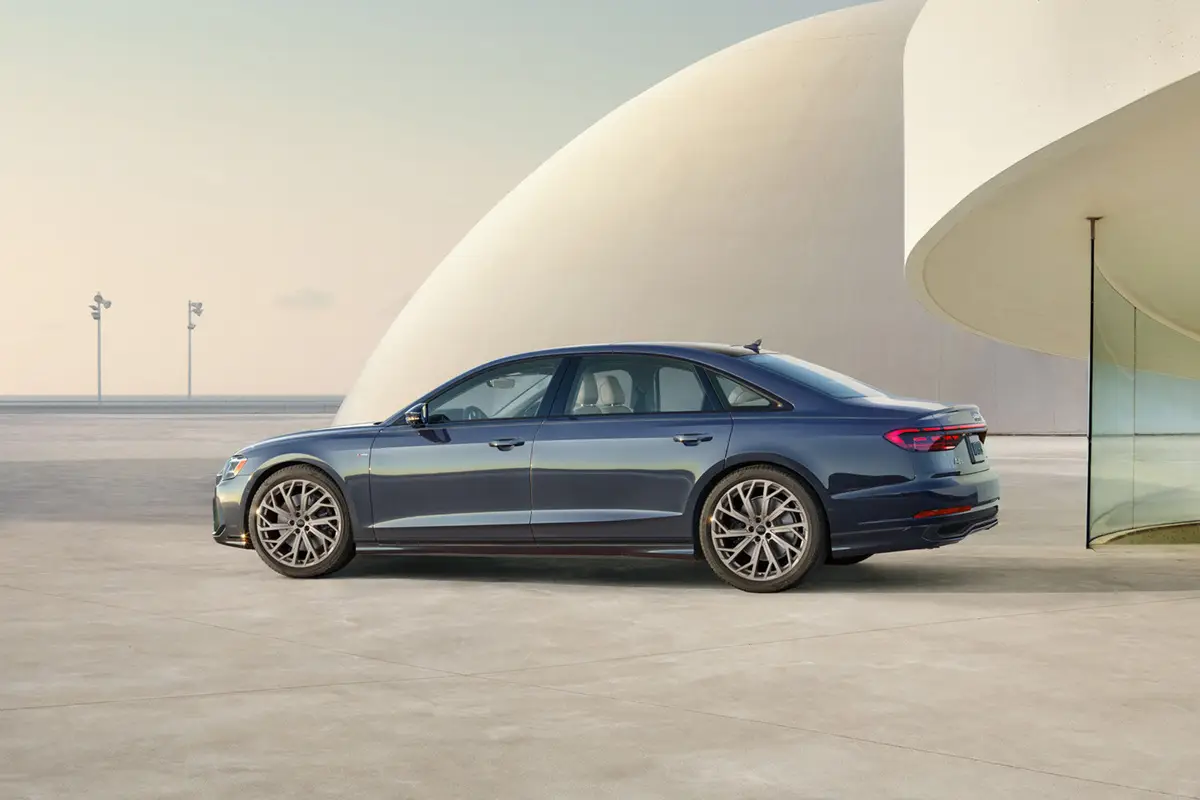washingtonpost.com's view
Luxury is perception. Consider this week’s test car, the 2001 Mazda Millenia S sedan. Mazda executives call it a “luxury” automobile. That’s because they are seeking status for their flagship car. Auto industry analysts and Mazda’s rivals call the Millenia “near-luxury.” That’s because they need to discriminate, or, as they put it, “differentiate.”
It’s a matter of class, and class in the auto business operates the same as it does in larger society. It runs on cash and caste.
For example, analysts, who care mostly about money, tend to classify as “near-luxury,” or “entry-level luxury,” cars that cost $25,000 to $35,000. But they seldom apply those terms to similarly priced pickup trucks or minivans. That’s because pickups and minivans — regardless of price, accoutrements and the neighborhoods in which they are parked — belong to inescapable castes. Pickups are working-class, and minivans are middle-class. There is no Rolls-Royce minivan.
Sport-utility vehicles, however, defy classification. They belong to their own world. There are small, compact/midsize and full-size sport-utes. And there is an elite $50,000-and-over group — such as the Cadillac Escalade, Range Rover 4.6 HSE and Lexus LX 470 — that analysts and automakers call “luxury.” But that’s because they’re so gilded it’s silly to call them trucks.
But, as is the case with pickups and minivans, “near-luxury” is seldom used in connection with sport-utility models. That term is reserved for cars such as the Millenia S. It’s the cash-caste thing again.
The Millenia S, priced at $31,025, is Japanese. Though it is politically incorrect to say so, the Japanese must always do a little extra to wear the “luxury” badge. They are not Europeans, after all.
The Japanese do not make Bentley, BMW, Mercedes-Benz or Jaguar — brands that historically symbolized “luxury” in the global automotive market.
Even the least expensive members of that privileged group, including cars such as the Mercedes-Benz C-Class ($30,000 to $37,000), get favorable nomenclature. They often are referred to as “affordable luxury,” which is a tad more positive than “near-luxury.”
To be “luxury” and Japanese means being Acura, Lexus or Infiniti, three Japanese brands that often have out-Europed the Europeans in terms of styling, quality, performance and creature comforts.
It doesn’t cut it to be Mazda — Japanese and blue-collar. That’s too bad, because the Millenia S, as a result, is a luxury car that gets little respect.
For example, spectator response to the 2001 Millenia, the first major rework of the car since its 1994 introduction, was a combination of approbation and dismissal. They marveled over its sleek exterior design, commented favorably on its two-tone leather interior, and applauded the power and smoothness of its 210-horsepower V-6 engine.
But they voided those credits w ith shoulder shrugs and verbal put-downs upon learning the Millenia’s corporate identity.
Their reactions highlighted the wisdom of Mazda’s Japanese rivals, which set up separate luxury-car divisions in the United States. Honda begat Acura, Nissan begat Infiniti, and Toyota begat Lexus — all because they believed they couldn’t get luxury sales in America with their original corporate names and faces.
Mazda flirted with the idea of establishing a premium division but considered it too costly. Now it is paying the price, in both prestige and dignity.
For example, despite the car’s intrinsic competence and value in the luxury arena, Mazda’s marketers feel the need to emphasize the Millenia’s “European flair” to woo buyers for the car. The automotive ruling class, including the Japanese members, feels no comparable need.
Latest news

What Is a PCM?


